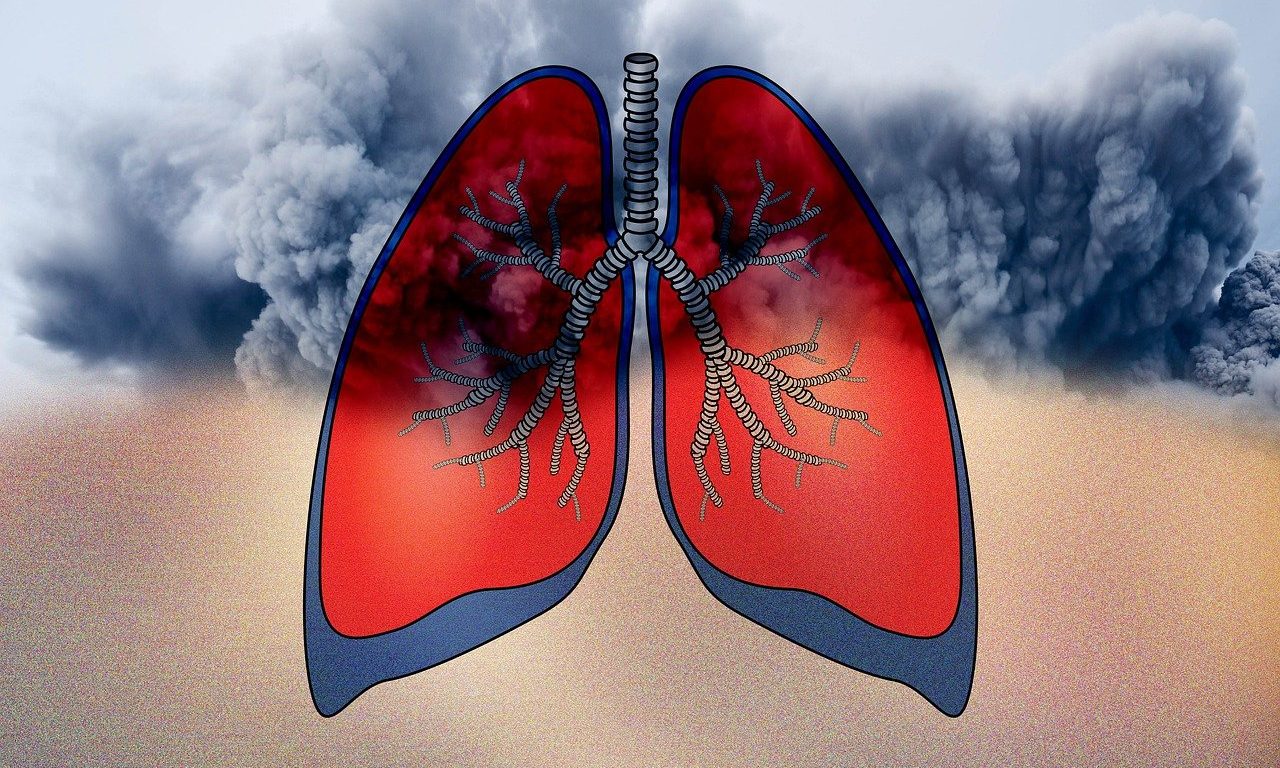In 2014, a study led by Paulo J.C. Vieira and colleagues has revealed promising benefits of neuromuscular electrical stimulation (NMES) for patients with chronic obstructive pulmonary disease (COPD). The research, which explored the effects of NMES on muscle performance and exercise tolerance, also broke new ground by examining its impact on dynamic hyperinflation (DH), a condition often observed in COPD patients.
The study involved 20 COPD patients, who were randomly divided into two groups. The experimental group (11 patients) received high-frequency NMES applied bilaterally to the quadriceps muscles over eight weeks. The sessions were held twice daily, five days a week, lasting 45 minutes each. The control group (9 patients) continued with standard respiratory physical therapy and stretching exercises.
Researchers assessed several parameters before and after the intervention: free fat mass, pulmonary function, exercise tolerance time (Tlim), distance covered in the 6-minute walk test (6-MWTD), levels of tumor necrosis factor (TNF-α) and β-endorphin, Borg dyspnea and leg scores (BDS and BLS), and quality of life using the St. George’s Respiratory Questionnaire (SGRQ).
The findings were significant. Compared to the control group, patients who received NMES showed notable improvements in pulmonary function, with increases in forced expiratory volume in one second (FEV1) and the ratio of FEV1 to forced vital capacity (FEV1/FVC). Additionally, there was an increase in both 6-MWTD and Tlim (P < 0.01). Patients reported reduced dyspnea and improved quality of life, as evidenced by lower BDS and SGRQ scores (P < 0.01).
Furthermore, the study found a positive correlation between changes in Tlim and improvements in FEV1 (rho = 0.48, P < 0.01). NMES also led to a significant reduction in TNF-α levels and an increase in β-endorphin levels compared to the control group (P < 0.001).
The study concludes that an eight-week regimen of NMES significantly reduces the perceived sensation of dyspnea during exercise in COPD patients. This reduction is accompanied by improvements in lung function, exercise tolerance, and overall quality of life, along with a reduction in DH. The findings suggest that these benefits may be linked to enhanced vasodilatory function and a decrease in inflammatory responses.
This research highlights the potential of NMES as a valuable therapeutic tool in managing COPD, offering a new avenue for improving patient outcomes and enhancing quality of life.
Reference: Vieira, P. J., Chiappa, A. M. G., Cipriano Jr, G., Umpierre, D., Arena, R., & Chiappa, G. R. (2014). Neuromuscular electrical stimulation improves clinical and physiological function in COPD patients. Respiratory Medicine, 108(4), 609-620.
